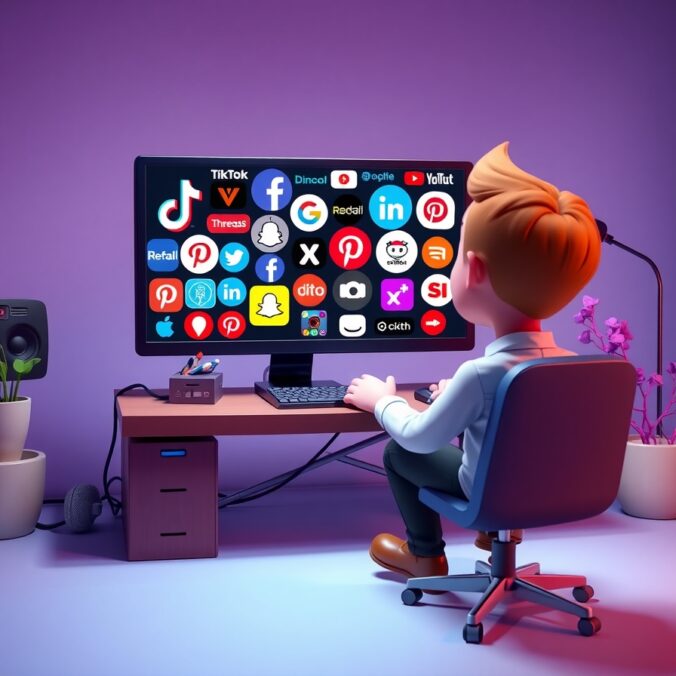While the changing leaves of October might dazzle tourists, for many Seattle residents, the tail end of the month marks the beginning of a mental health dip. A recent survey of 100 clinical psychologists and mental health researchers sheds light on why late October, in particular, tends to be a mood sinkhole in the Emerald City.
1. The Light Switch Effect
Dr. Maria Klein, a seasonal affective disorder (SAD) specialist, notes that around October 25, Seattle sees a sharp decline in sunlight, often losing 2–3 minutes of daylight per day. “It’s not just gradual darkness,” she explains. “It’s the suddenness that jolts the brain’s serotonin production.”
2. Anticipatory Anxiety of the Holidays
October 31 is the gateway to what many describe as “The Gauntlet.” Halloween to New Year’s. “People start to feel behind before the holidays even begin,” says Dr. James Leung, who treats anxiety disorders. “There’s financial stress, family stress, even decor stress.”
3. Disrupted Routines
The combination of sugar-laden diets, shifting school schedules, and daylight savings wreaks havoc on circadian rhythms. Sleep deprivation becomes common, which researchers unanimously agree is a major trigger for low mood and irritability.
4. Rainy Season Triggering Loneliness
By late October, the long streaks of gray begin. Many psychologists cited a phenomenon they called “damp withdrawal.” Dr. Carla Nguyen describes it as “a subtle tendency to stay inside more, socialize less, and feel cut off without realizing it.”
5. Reemergence of SAD Symptoms
Seattle’s SAD rates are some of the highest in the nation. Psychologists recommend light boxes starting mid-October, not after the gloom sets in. “By the time someone’s depressed, the light therapy has to work twice as hard,” says Dr. Ryan Patel.
Coping Tools?
Experts suggest three key strategies:
- Front-load social plans before November.
- Double down on exercise during daylight hours.
- Use light therapy proactively, not reactively.
So if you’re feeling grumpy, foggy, or oddly nostalgic in late October, you’re not alone, you’re just human, in Seattle, at exactly the wrong time of year.




